
Eugène Louis Bouvier (9 April 1856 in Saint-Laurent-en-Grandvaux – 14 January 1944 in Paris) was a French entomologist and carcinologist. [1] Bouvier was a professor at the Muséum national d'histoire naturelle.

Eugène Louis Bouvier (9 April 1856 in Saint-Laurent-en-Grandvaux – 14 January 1944 in Paris) was a French entomologist and carcinologist. [1] Bouvier was a professor at the Muséum national d'histoire naturelle.
Following graduation at the normal school in Lons-le-Saunier, he taught classes in Clairvaux, Versailles, Saint-Cloud, and Villefranche-sur-Saône. From 1882 to 1887, he served as a boursier at the Muséum national d'histoire naturelle, where he studied with Alphonse Milne-Edwards (1835–1900) and Edmond Perrier (1844–1921). Together with Milne-Edwards, he worked on some of the crustaceans from the Travailleur and Talisman expeditions (1880–1883). [1] [2]
In 1887, he earned his doctorate in natural sciences with a dissertation involving prosobranch gastropods, Système nerveux, morphologie générale et classification des Gastéropodes prosobranches. In 1889, he became an associate professor at the Ecole supérieure de pharmacie de Paris, and in 1895, he attained a professorship of natural history (chair of "articulated animals"; starting in 1917, it was referred to as the chair of entomology) at the muséum. Bouvier maintained the chair of entomology until 1931, when he was succeeded by René Jeannel (1879–1965).
His earlier studies dealt with evolution of various species, in particular crustaceans and mollusks. [2] [3] [4]
Taxa named after Bouvier include:

Jean Victor Audouin, sometimes Victor Audouin, was a French naturalist, an entomologist, herpetologist, ornithologist, and malacologist.

Henri Milne-Edwards was an eminent French zoologist.
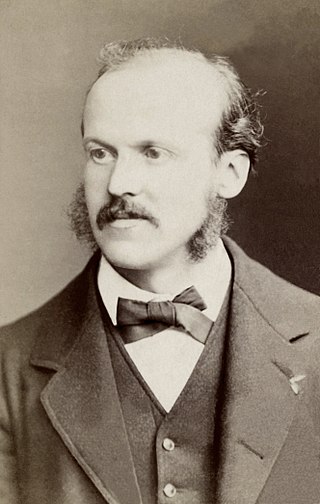
Alphonse Milne-Edwards was a French mammalogist, ornithologist, and carcinologist. He was English in origin, the son of Henri Milne-Edwards and grandson of Bryan Edwards, a Jamaican planter who settled at Bruges.
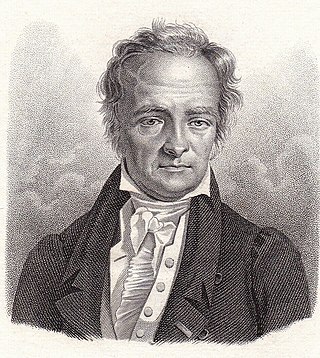
Louis Augustin Guillaume Bosc was a French botanist, invertebrate zoologist, and entomologist.
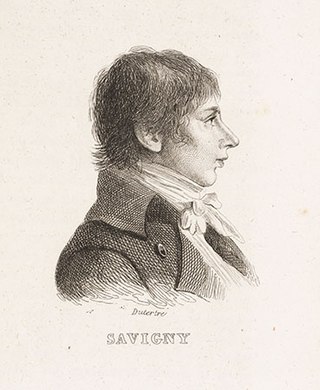
Marie Jules César Lelorgne de Savigny was a French zoologist and naturalist who served on Emperor Napoleon's Egypt expedition in 1798. He published descriptions of numerous taxa and was among the first to propose that the mouth-parts of insects are derived from the jointed legs of segmented arthropods.

André Marie Constant Duméril was a French zoologist. He was professor of anatomy at the Muséum national d'histoire naturelle from 1801 to 1812, when he became professor of herpetology and ichthyology. His son Auguste Duméril was also a zoologist, and the author citation Duméril is used for both André and his son.

King crabs are a taxon of decapod crustaceans that are chiefly found in cold seas. Because of their large size and the taste of their meat, many species are widely caught and sold as food with the most common being the red king crab.

Léon Louis Vaillant was a French zoologist. He is most famous for his work in the areas of herpetology, malacology, and ichthyology.

Austropotamobius pallipes is an endangered European freshwater crayfish, and the only crayfish native to the British Isles. Its common names include white-clawed crayfish and Atlantic stream crayfish.

Eugène Séguy was a French entomologist and artist who specialised in Diptera. He held a chair of entomology at the Muséum national d'histoire naturelle in Paris from 1956 to 1960. He is also known for establishing the Diptera section at that museum. This entomologist is often confused with a French artist with a similar name: Émile-Allain Séguy (1877–1951). The latter is known for his pochoir artworks representing plants.

Procambarus is a genus of crayfish in the family Cambaridae, all native to North and Central America. It includes a number of troglobitic species, and the marbled crayfish (marmorkrebs), which is parthenogenetic. Originally described as a subgenus for four species, it now contains around 161 species.

Charles Jules Edmée Brongniart was a French entomologist and paleontologist.
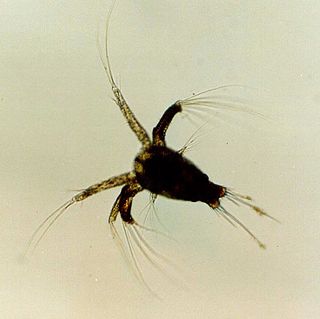
Crustaceans may pass through a number of larval and immature stages between hatching from their eggs and reaching their adult form. Each of the stages is separated by a moult, in which the hard exoskeleton is shed to allow the animal to grow. The larvae of crustaceans often bear little resemblance to the adult, and there are still cases where it is not known what larvae will grow into what adults. This is especially true of crustaceans which live as benthic adults, more-so than where the larvae are planktonic, and thereby easily caught.

Neolithodes is a genus of king crabs, in the family Lithodidae. They are found in all major oceans, both in high and low latitudes. Although there are records from water as shallow as 124 m (407 ft) in cold regions, most records are much deeper, typically 700–2,000 m (2,300–6,600 ft), with the deepest confirmed at 5,238 m (17,185 ft). They are fairly large to large crabs that typically are reddish in color and spiny, although the size of these spines varies depending on species.
Albert Jean Baptiste Marie Vayssière was a French scientist, a biologist, specifically a malacologist and entomologist, i.e. someone who studies mollusks, and insects. Within the Mollusca, Vayssière specialized in sea slugs and bubble snails, i.e. marine opisthobranch gastropods. He made significant contributions towards a better understanding of the general biology, phylogenetic relationships, biogeography and ecological distribution of the group.
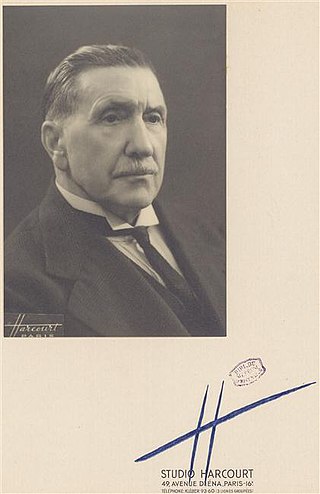
Jean Abel Gruvel was a French marine biologist known for his research of cirripedes.
François Louis Henri Coutière was a French zoologist, who specialized in the field of carcinology (crustaceans).
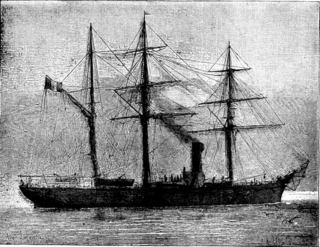
Le Talisman was a French Navy sloop built at Le Havre in 1862 which was used for geological, biological and hydrological exploration in the Atlantic Ocean and Mediterranean Sea at the end of the 19th century. It first served as a communications vessel ("aviso"), and was both sail and propeller driven.
Charles Boursin (1901–1971) was a French entomologist, born into a comfortable bourgeois Catholic family in Nantes. Having had a German governess, he spoke German from his earliest days and remained "perfectly" bilingual in both during his lifetime. He also spoke Hungarian and Russian. Despite his formal humanist education he showed an early interest in the natural sciences.